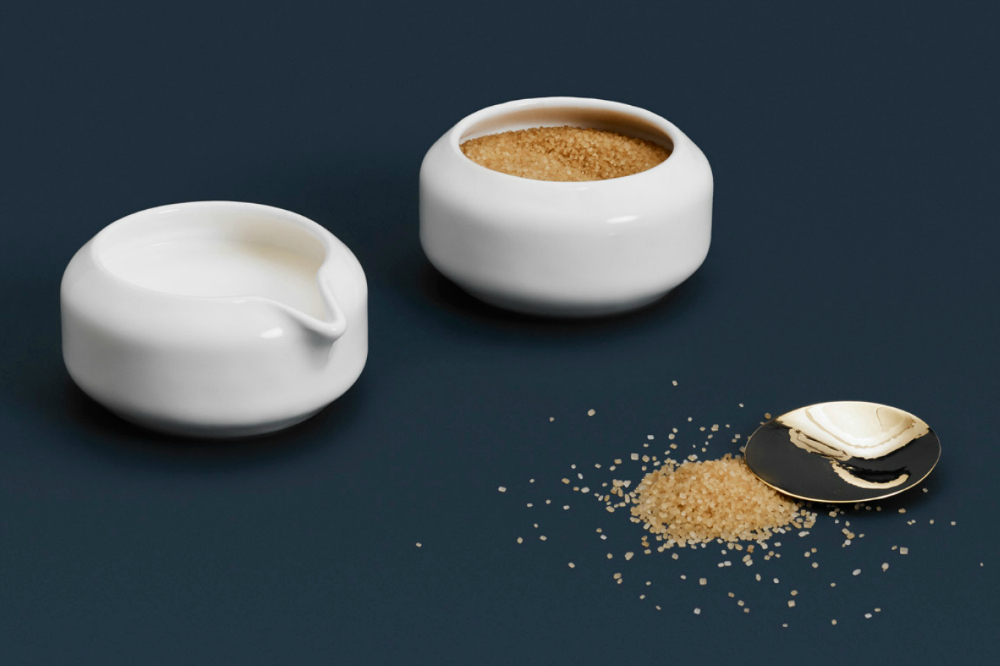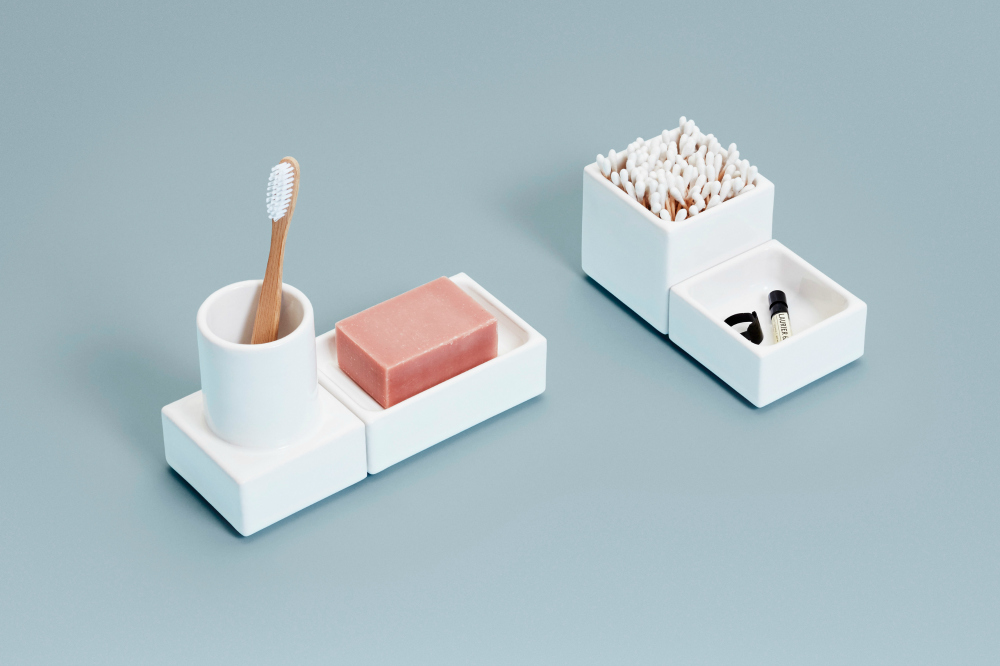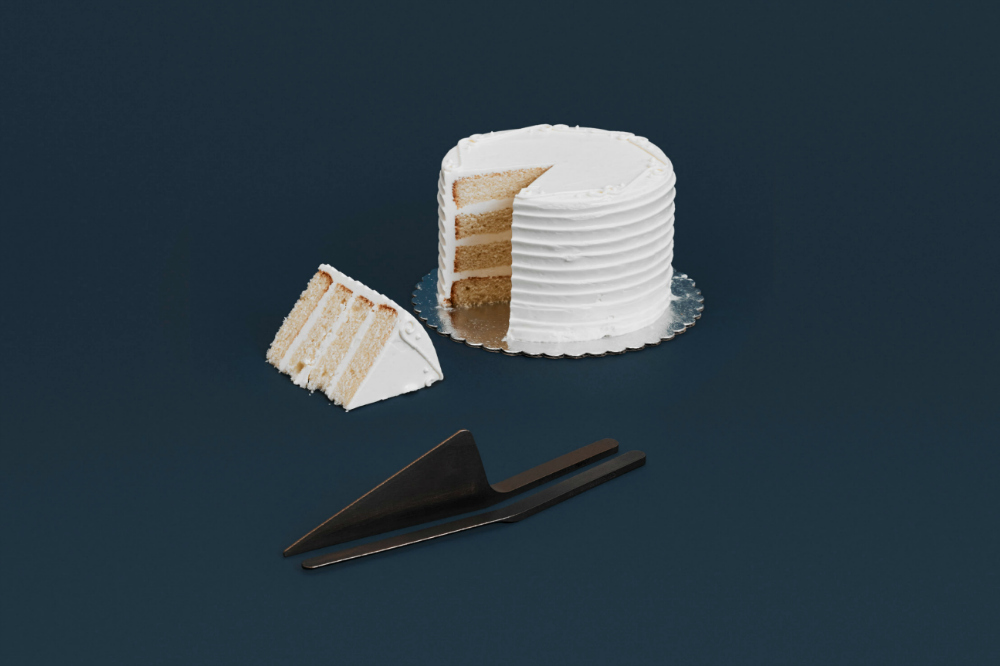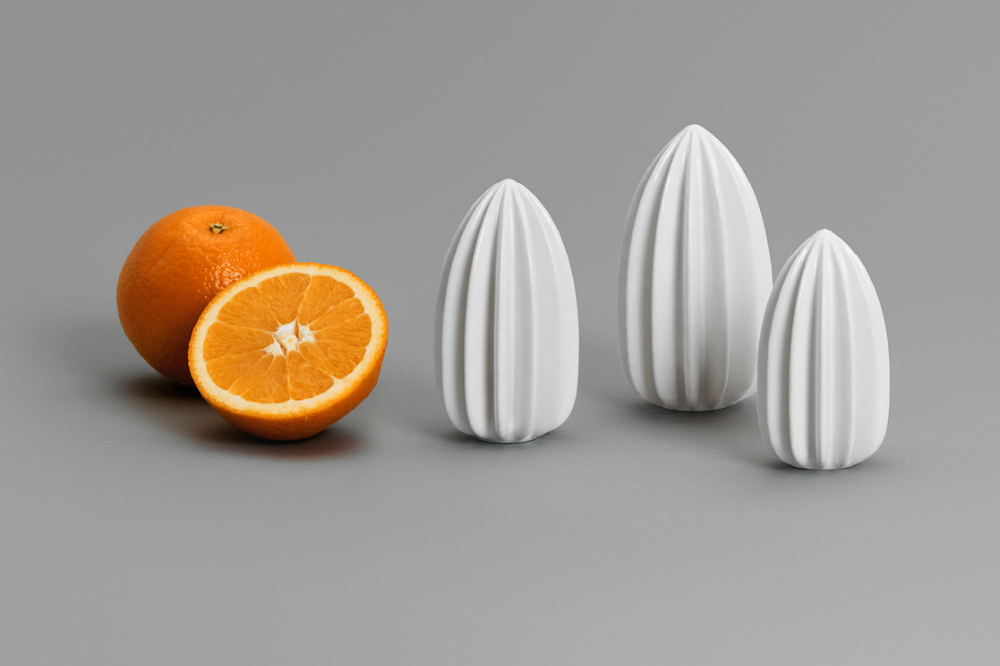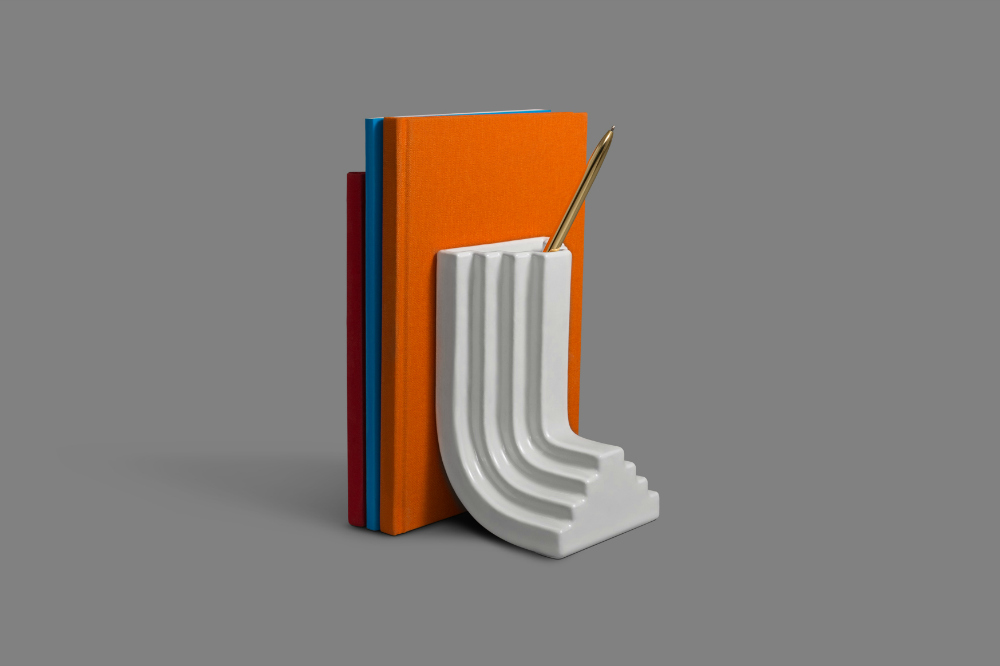Economists, influencers and social theorists have been prophesising the third industrial revolution for almost a decade. American designer Joe Doucet believes that it’s already here, mobilised by the internet and the rise of new technologies that don’t cost the earth – namely, 3D printing.
After observing the improvements in digital manufacturing processes, New York-based innovator Joe and partners Dean Di Simone and Evan Clabots launched their own brand, OTHR, in 2016. A collection of items with an intrinsic design focus, each one has been imagined in collaboration with leading designers and studios.
What inspired you to establish OTHR?
OTHR was born from the idea that technology will allow us to put more great design in the world with minimal environmental impact. 3D printing allows our objects to be created only once they have a home as one purchases them. OTHR was established to lead the way in this new, transformative way of manufacturing.
How do you select which designers to collaborate with?
We pride ourselves in working with the best designers in the world at all stages of their careers, from famous to as yet discovered. Our designers are selected largely on their ability to deliver on our three principles of design which define every object that we make: useful, aesthetic and unique. Useful in that each item must have a purpose—not just decorative, but useful in one’s life. Aesthetic in that it should elevate its function to deliver that intangible aspect that gives one joy when they interact with an object. And unique, which requires a bit of rethinking about the objects we surround ourselves with. An OTHR object should be like no other.
How do you think methods such as 3D printing are changing the design industry?
The common perception of 3D printing is one of plastic parts commonly seen in ads for home desktop printers, but the industrial side of 3D printing is creating end-use objects in steel and ceramics, with glass soon to follow. At OTHR, we utilise these latest advances in 3D printing to bring design objects to life. Our objects are only digital information until one purchases them, at which point they are printed, hand finished and delivered to the customer. The technology is largely implemented to disrupt the supply chain and all of the negative environmental consequences of traditional manufacturing.
OTHR fuses elements of design, technology and ecological responsibility. Why do you think these are particularly important?
We believe great design enhances peoples lives. The latest advances in technology allow us to bring more of it into the world with minimal environmental impact. At the end of the day, we want to feel as if we are doing something that matters.
